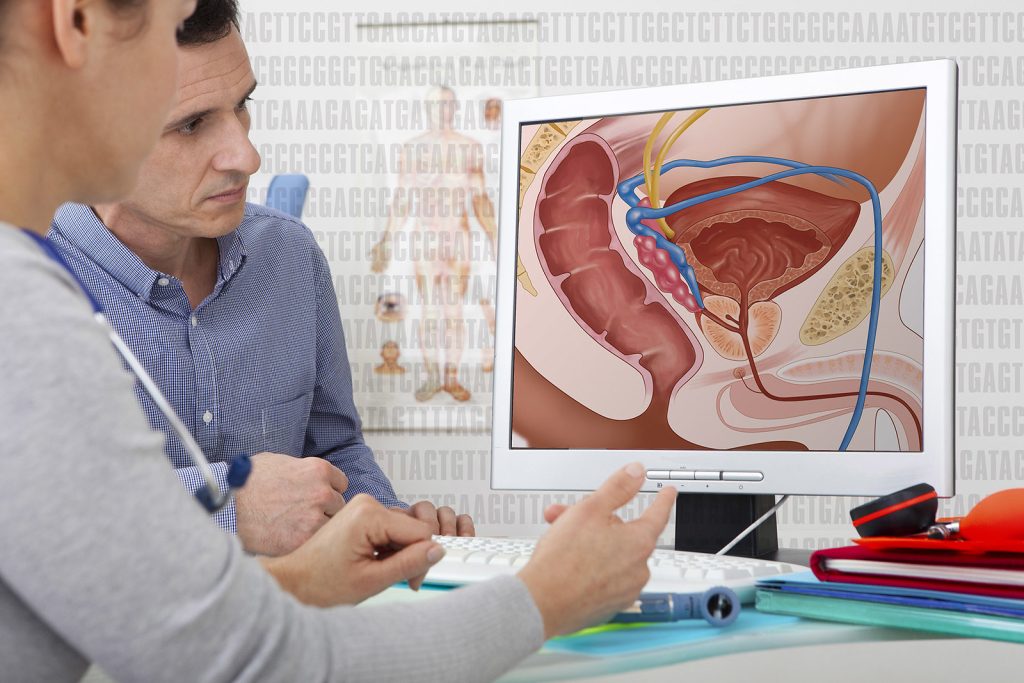Scans of Viking Skulls Reveal a Harsh Life of Disease

Sweden’s Viking Age population appears to have suffered from severe oral and maxillofacial disease, sinus and ear infections, osteoarthritis, and much more. This is shown in a study from the University of Gothenburg in which Viking skulls were examined using modern X-ray techniques.
About a year ago saw the publication of research based on the examination of a large number of teeth from the Viking Age population of Varnhem, known for its thousands of ancient graves and excavations of well-preserved skeletons.
Now, odontologists at the University of Gothenburg have taken this research further, looking at not only teeth but also entire skulls, by using modern computed tomography, also known as CT scans.
The results, presented in British Dental Journal Open, suggest that the 15 individuals whose skulls were examined suffered from a broad range of diseases. The CT scans show pathological bone growths in the cranium and jawbone, revealing infections and other conditions.
Detailed image analysis
Several individuals showed signs of having suffered from sinus or ear infections that left traces in the adjacent bone structures. Signs of osteoarthritis and various dental diseases were also found. All the skulls came from adults who died between 20 and 60 years of age.
The study lead, Carolina Bertilsson, is an assistant researcher at the University of Gothenburg and a dentist within Sweden’s Public Dental Service. The study was performed with specialists in dental radiology at the University of Gothenburg and an archaeologist from Västergötlands museum.
About a year ago saw the publication of research based on the examination of a large number of teeth from the Viking Age population of Varnhem in the Swedish province of Västergötland. Varnhem is known for its thousands of ancient graves and excavations of well-preserved skeletons.
Now, odontologists at the University of Gothenburg have taken this research further, looking at not only teeth but also entire skulls, by using modern computed tomography, also known as CT scans.
The results presented in British Dental Journal Open suggest that the 15 individuals whose skulls were examined suffered from a broad range of diseases. The CT scans show pathological bone growths in the cranium and jawbone, revealing infections and other conditions.
Detailed image analysis
Several individuals showed signs of having suffered from sinus or ear infections that left traces in the adjacent bone structures. Signs of osteoarthritis and various dental diseases were also found. All the skulls came from adults who died between 20 and 60 years of age.
The study lead, Carolina Bertilsson, is an assistant researcher at the University of Gothenburg and a dentist within Sweden’s Public Dental Service. The study was performed with specialists in dental radiology at the University of Gothenburg and an archaeologist from Västergötlands museum.
“There was much to look at. We found many signs of disease in these individuals. Exactly why we don’t know. While we can’t study the damage in the soft tissue because it’s no longer there, we can see the traces left in the skeletal structures,” says Carolina Bertilsson, and continues:
“The results of the study provide greater understanding of these people’s health and wellbeing. Everyone knows what it’s like to have pain somewhere, you can get quite desperate for help. But back then, they didn’t have the medical and dental care we do, or the kind of pain relief – and antibiotics – we now have. If you developed an infection, it could stick around for a long time.”
The study is described as a pilot study. One important aspect was to test CT as a method for future and more extensive studies.
“Very many of today’s archaeological methods are invasive, with the need to remove bone or other tissue for analysis. This way, we can keep the remains completely intact yet still extract a great deal of information,” says Carolina Bertilsson.
Source: University of Gothenburg








